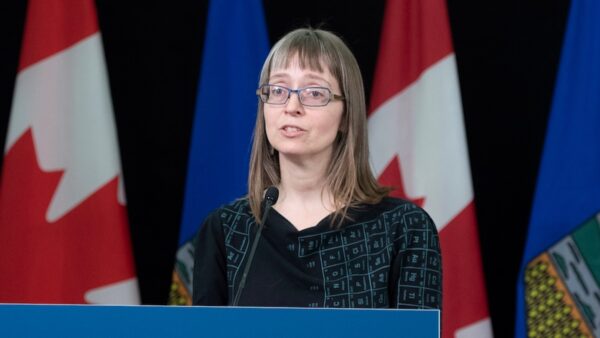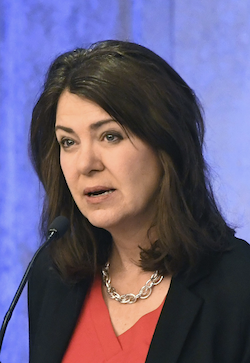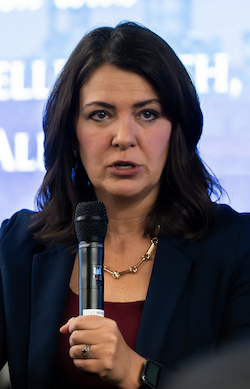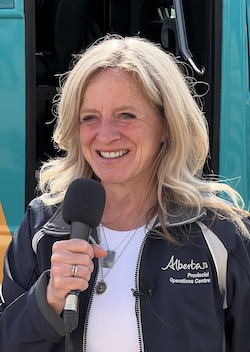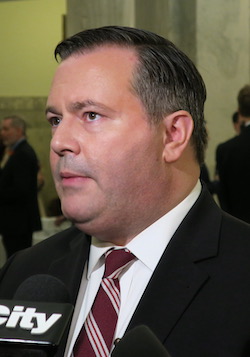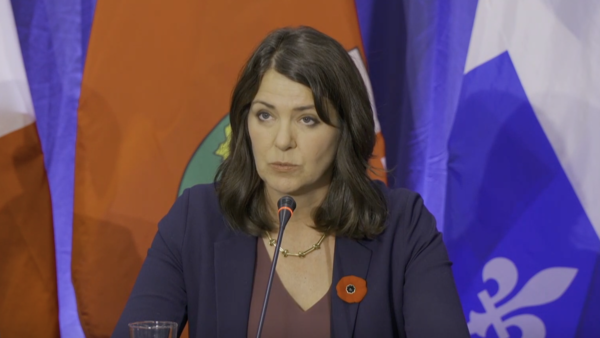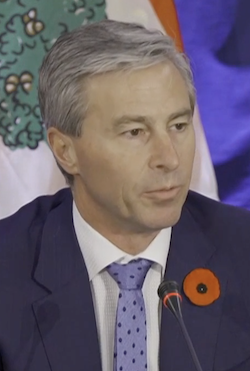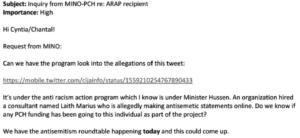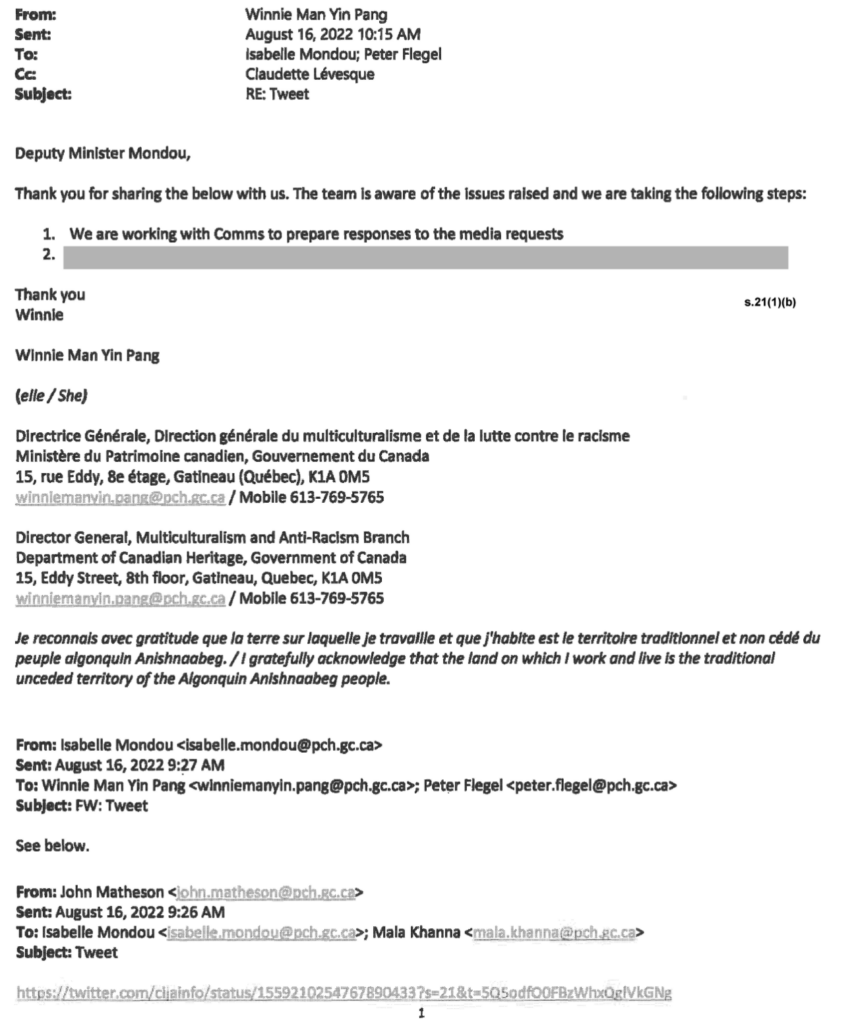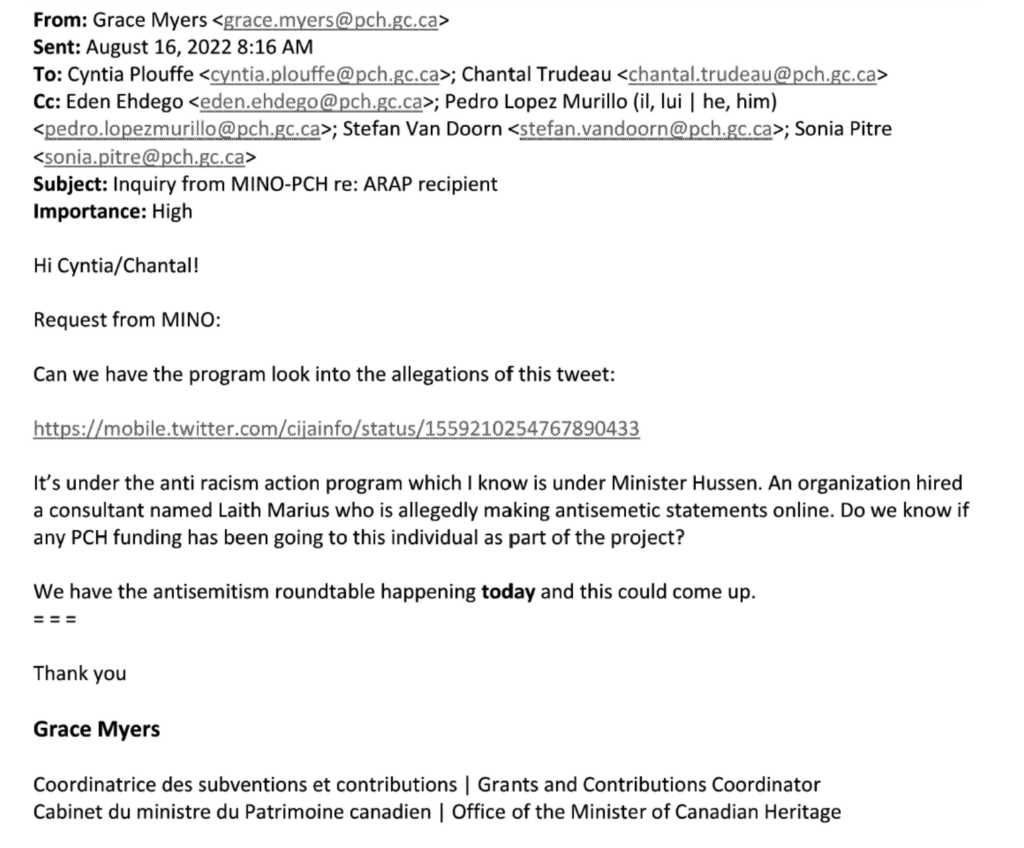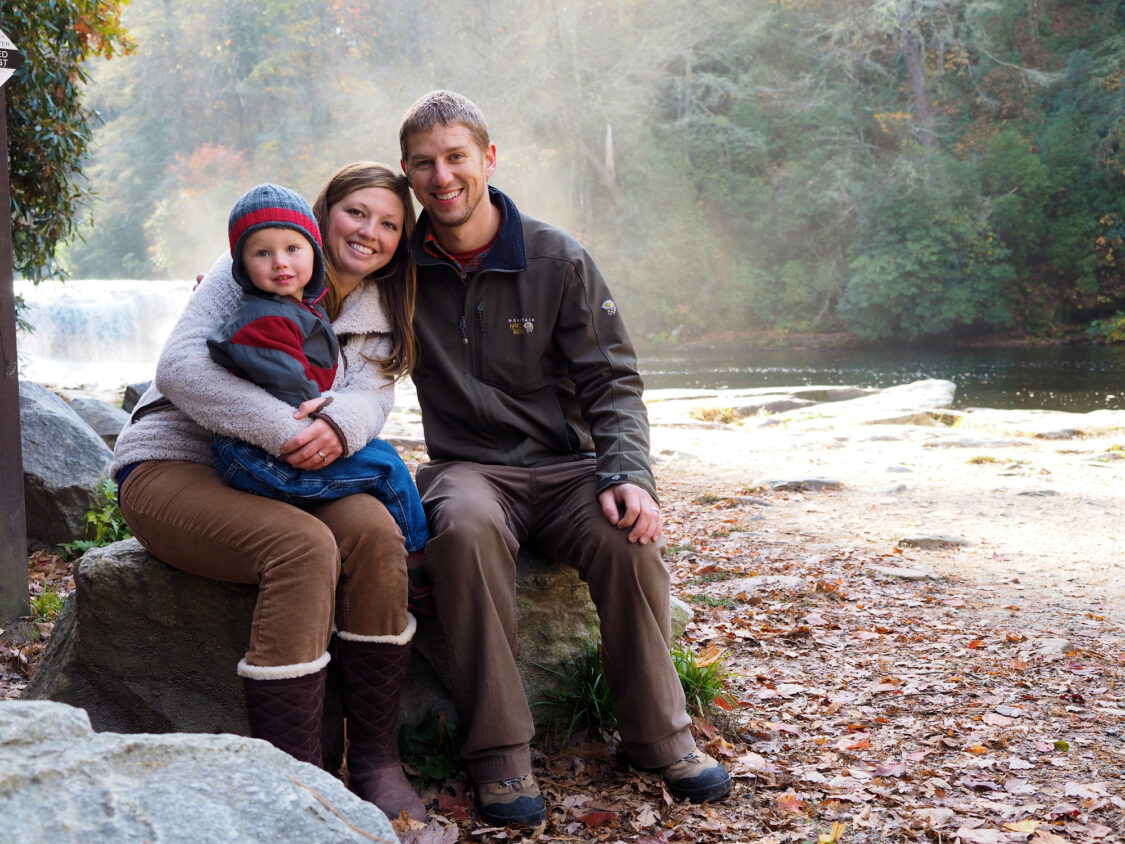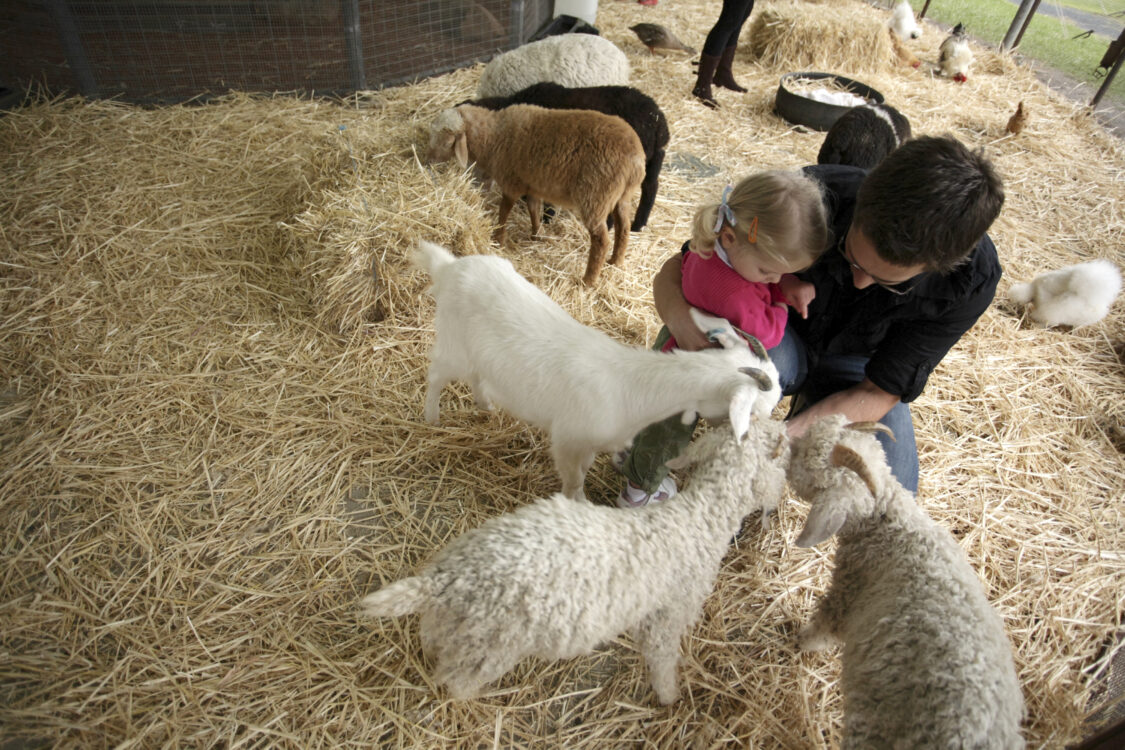Day 5, Part 1
The sun came up on the fifth day. I had been holding my arms close about my chest for hours in a feeble attempt to fight off the cold air. The storm from yesterday had moved on and the sun hung bright in the morning sky, but it gave no warmth. I staggered forward a few more paces before falling to my knees. My brain barely registered the pain. We made progress through the night as best we could in the darkness of the woods, neither one of us had even a headlamp to help light the way. We never stopped, never rested, though both of us fell and struggled to get back up more than once. Little Foot was flagging more than I was by the end; for the past hour, her pace was no faster than a crawl. Her head was drooping and lulling to the side, her arms hanging limp. Little Foot’s face did seem to soften with the first light of dawn, as though the sun could hold the terror at bay.
Little Foot slumped down next to me on the trail, I was still on my hands and knees, “We can rest here. I have to stop for a moment. Sorry.” The word “Sorry” escaped her lips in a breathless whisper.
I pushed myself into a sitting posture, using my arms to pull my legs into a tolerable position in front of me. “Don’t be.” I replied. “I’m exhausted too. My ankle feels like it’s on fire, I can’t go on either.”
Instinctively, I reached for my pack, I reached for my few remaining pain killers. But, they were gone. They were miles behind me in the woods somewhere. I sighed and rested my head on the tree to my back.
Little Foot sat down on my right side, leaning her left side into me. “Just a few minutes, okay.” She said, not looking at me. A certain measure of peace had come over her and (by extension me) with the rising sun. Hope had taken a foothold where there was only dread an hour before. I had parked my car at the next trailhead, and we had to be getting close by now. We just had to reach it today. We ended up resting against that gnarled tree for twenty minutes before setting out again. A small measure of resolve restored with the rest. Little Foot became the de facto leader of our two man group; she would set the pace and call our breaks. Both of us kept our heads moving side to side in a sweeping motion as best we could, always trying to peer into the woods as deeply as possible. Straining to see just beyond the last shadow. Both of us would jump and tense at every snapping branch or running deer or crying bird. But, at least, I wasn’t alone.
Our morning moved along in such a fashion. Neither of us had any food, and my stomach began a slight protest. If Little Foot was hungry, she never said it. We were able to drink from a fast moving rain fed stream that ran near the trail. At little past noon, we stopped for our third break of the day. Exhaustion filled my entire body. My right leg visibly shook under the strain of lowering my body to the ground, my left leg extended in front of me so as to not take any of the weight. Little Foot sat (fell) down next to me. Her face was pale and drained. The gash on her forehead had reopened, a trickle of blood was mixing into her eyebrow. Her eyes looked dim with dark circles around them, her face was drawn.
“Just a few minutes, okay?” she said to me.
I replied with a nod. And, with that, she leaned into me in the way we had become familiar. She put more of her weight into me than usual. The hope that had clawed its way into my mind was slipping away. Little Foot very well might die out here, even if we never see that monster again. She seemed so frail, so very close to death already. She fell asleep. “Just a few minutes” she had said, but I knew she needed more sleep than that. Little Foot needed so much more than rest, but that was all I could give her.
I’ll keep watch and let her sleep. She needs rest. Hopefully we can spare an hour. We’ve got to be getting close.
Day 5, Part 2
A whistling crept through the darkness. My eyes blinked heavily as sunlight edged out the darkness. My mind was simultaneously groggy, incoherent, and spinning in terror. Why was I afraid? Why does my entire body ache? Was someone whistling “Sittin’ on the Dock of the Bay?” My eyes shot wide open as the full weight of my circumstance came crashing down. I could suddenly feel my heart rapidly pounding in my chest. Wincing, I twisted in an attempt to locate the direction of the whistler. Little Foot gently shifted on my shoulder, still peacefully asleep. I shook her shoulder, forgetting about the deep raking gashes on her back. Little Foot’s face sprung to life with equal parts pain and fear.
“We’ve got to go, now!” I said to her in an urgent whisper. “I can hear him, I think he’s getting close.”
Little Foot managed to get to feet and helped me to mine, both of our faces pulling back in pain. With walking stick in hand, we made our way down the trail. The whistling still faintly clinging to the air, always lingering in the background. After a while of walking, Little Foot asked, “How long was I asleep, and why did you let me sleep? I can’t believe you did that.” She finished with a shake of her head.
“You needed rest.” I responded. “I was going to stay awake and let you sleep for an hour or so. But, you needed it. You’ve lost too much blood.” I could feel her disappointment, but I didn’t know what to do about it. “Look at you, you’re pale. You look like death.” And, with that, her face shot toward me with a harsh glare.
“You look like crap too!” Little Foot responded in a slightly higher tone. “Come on. We’ve got to move faster.” And so the pace quickened; I had to work hard to not be left behind.
After a mile or so, the whistling faded away. The sun had firmly settled into the western half of the sky, and it was slipping quickly toward the horizon. Little Foot’s frantic pace had slowed and I had caught back up with my hobbling gate. The trees seemed to be crowding the path again, old trees that seemed to crouch over us and cast deep shadows all around. There was a certain amount of comfort in hearing the whistling, we knew that it was some ways behind us. Now, there was no way to know.
“Back there, when you woke me up,” Little Foot broke the silence. “you said ‘he is getting close.’ What did you mean? Who’s ‘he?’”
“Harry.” I responded without taking my eyes from the trees. “You met Harry on the trail, right?” Little Foot looked confused and shook her head. “He’s the one that chased you out of that campsite. He’s the one that attacked you!”
“No.” She responded. I left the campsite that night because I saw some sort of bear prowling around. Sniffing at our tents. It wandered off behind the shelter and I got out of there. It was that bear that attacked me.” Her voice broke at the end, and she offered no more information.
I let the silence hang in the air, afraid to break it, but I finally offered “Harry has been following me. He’s always going the other direction, but he keeps popping up. That was him humming back there. He was sitting in the shelter when I got up that morning. Idly humming that same song.”
We followed a bend in the trail, which put the sun fully behind the mountain. Dark shadows consumed everything. Night started its slow grip on the mountainside. And that’s when the quiet of the forest was broken by a third human voice. “That’s so nice of you to tell her about me. Though I thought you’d mention that we’re friends, I thought we had truly bonded over the past few days. You trying to offer me hiking advice and all.” He chuckled as he finished. “Be careful of the rocks. Thanks for that tidbit” He chuckled.
Harry had easily overtaken us, and now he was casually sitting in front of us on a log next to the trail. He stood and took a few steps toward us. Little Foot and I had stopped in our tracks. She impulsively reached for my hand, I could feel her trembling. Every hair on my body stood on end. We both took a step back.
“Oh, let’s not do that.” Harry said, “Just sit down.” He gestured to the log he had just left. “Don’t make me chase you, how far could you really get anyway? Plus, I think safety is that way.” He pointed over his shoulder. “Night will be here soon. Sit down, we can talk while we wait.”
With her free hand, Little Foot pulled out her small pocket knife, and brandished it toward Harry. The knife looked pathetic as it quaked in her fist. “Just let us go! Leave us alone!” She shouted. Tears had welled in her eyes.
Harry put up his hands in mock surrender as he moved aside. “By all means.” Harry said, now gesturing with a little bow down the trail he was no longer blocking.
We slowly walked past Harry, never taking our eyes off of him. He looked like a coiled spring ready to pounce, but he just stood there in his cruel mock bow. Little Foot and I eyed Harry over our shoulders until we reached the next bend in the trail. He straightened but never moved. He just watched us go, like a cat watches a mouse that it will soon play with. The turn took Harry out of sight, and that’s when the whistling picked back up.
Little Foot and I did our best to run. A pathetic sight. We couldn’t put enough distance between us and Harry. The sun was falling into the west, and there was nothing we could do. Night would be here soon. As evening blended into twilight, a glimmer of hope came to us in the form of a sign post. It read, “Parking lot trail 1.5 miles.”
Day 5, Part 3
The shadows stretched longer until dusk overtook everything. Trees were reaching out and clawing at our faces, roots and rocks grabbed at our feet. The dark woods swallowed us. The moon hung full in the sky casting devilish shadows and teasing pools of sickly pale light. Our shuffling run had slowed as we struggled our way through the dark. I jumped at every noise that came from the blackened forest. Owls cried in the night and deer crashed through the brush. I heard all of it as impending doom. A silence crept about the forest, but still “Sittin on the Dock of the Bay” cascaded around my mind. The silence was worse. It held a tenseness that my body strained against. My ears, my eyes, my nose all strained in search of danger. I was now coaxing Little Foot along. She had become even more pale with the moonlight, and she was drained. We had to stop, we needed to stop, but stopping was death. And so, I pulled her along, stumbling along roots and weakly pushing branches away.
Little Foot collapsed to the ground. “I can’t…I can’t…just go” she said through shallow panting breaths. “Leave me.”
“Get up! I’m not leaving. We’ve got to go!” I pulled up on her arm and she cried out in pain. “We can’t stop.”
I hauled her back to her feet, and she stood slump-shouldered with her head down. I started to lead her down the trail, when Harry’s distant blood curdling scream pierced our ears like daggers. Little Foot lifted her pale face, her eyes locked on to mine, “He’s coming.” Her words should have been a scream, but they came out as an accepted fact.
I found a spurt of new energy. A last push to safety. Surely, my car had to be close by now. My right leg strained to drag my useless left leg into a run, my upper body bearing down on the walking stick for support. Little Foot managed to keep pace. Harry crashed through the woods behind us and a little higher up the mountain. Moonlight pooled on the trail up ahead. Like a divine light, it illuminated a trail junction with a sign post. The downhill path surely leading to the parking lot and to safety. The post was a hundred yards off, one-fifty at most. Burning hot pain shot up my left leg in jolts of agony as I put more and more weight on my left ankle. Little Foot tripped on an unseen root and fell to her hands and knees. “Get up!” I yelled as I pulled mercilessly on her ruined shoulder. “We’re almost there, we can make it!” And, with that, she struggled, for the last time, to her feet.
Harry let out a primal roar. He was closing fast. A crashing noise of crushing bramble and snapping branches exploded from our left. He burst from the forest in front of us, and landed in a pale pool of moonlight. No longer a man, a monster stood in front of us. Red saliva dripped between jagged teeth from his elongated snout. His own blood fell from his mouth to stain thick mats of fur on his chest. Harry stood poised on the balls of his back feet which had transformed into gigantic paws; long nails jutting out and digging into the mud. His eyes, blazing yellow in the moonlight, stared at us in anticipation of the chase. A monstrous werewolf basking in the pale light of the full moon.
Our screams mingled in the air as Little Foot and I clumsily backed away, not daring to look anywhere but at the terror in front of us. I tripped over a hidden root, landing hard on the ground. The werewolf took a single step, its massive paws pushing deep into the mud. Its mouth twisted into a snarl, exposing huge blood stained canines. The stench of carnage and death oozed from that savage muzzle. Once I fell, the beast pounced. In a blur it closed the gap between us. Little Foot, screaming and swearing, was pulling at my shoulders “GET UP! GET UP!” But there was no time, no chance to flee. Little Foot unconsciously took a step back as the monster leapt into the air. Without thought or conscious decision, I brought my walking stick up in front of me. One end buried itself deep into the werewolf’s stomach and the other slammed hard into the ground under my left arm. The werewolf’s terrible muzzle gaping with thick saliva dripping into my face, his eyes popping from their sockets. He hung in the air for a second or a minute (time seemed to have lost all meaning) before the beast came crashing down on top of me. I could hear its ragged and wheezing breaths, the smell of blood swarmed my senses, the werewolf’s sheer bulk crushing my right side. My left hand sunk deep into coarse brown fur as I pushed with whatever strength was still in me. After a moment, Little Foot came to my side and was weakly trying to roll the monster off. Finally, with a last heave and jerking of my own body, I was free.
My walking stick lay broken under the monster, and, without a second thought, that’s where I left it. I scrambled to my feet, primarily balancing on my one good foot, and took in my first deep breath. A new pain filled my body, it exploded in my chest, it erupted in my brain. I doubled over clenching my side. My very lungs seemed to be scraping against my ribs. The weight of the werewolf came down solidly on my chest.
“Com’on” I gasped for breath, “we’ve got to go.” I said to Little Foot.
She put an arm around my shoulder and gave a little push to get me moving down the trail as I gasped for another breath. Without my stick for support, my walk was pathetic; a run was beyond me. But, I limped a hopping, shuffling limp as quickly as I could. “He’s not staying down.” Little Foot said, offering for me to put my left arm over her shoulder. Her face, which she was still not lifting up, visibly curled into a wince. We made it to the sign post before I stole a look behind us. The monster was stirring, trying to force himself back to his feet. His breathing, like mine, was labored and painful. He stooped in a half crouching position, one knee on the ground and both wicked hands clutching his abdomen. Our eyes met, and he let out a low growl that seemed to shake the very ground. The last thing I saw was my broken walking stick discarded in the dirt. Half of it was wet with blood.
We turned down the access trail, my car now only a short walk away. A singular howl, weaker but with no less malice, broke the night air. My back stiffened at that sound, and I could feel my skin tighten. The echo of the howl faded away, but it was replaced with the sound of the werewolf rampaging through the woods. The crashing was slower but more ferocious. What had been a twisted game of cat and mouse, had now become something else. Something truly and purely horrifying.
We trekked on, without hope that we could ever out run the monster. Wounded as he was, the deliberate noise coming from the dark woods was consistently growing closer. Little Foot, still supporting me under my left shoulder, stumbled and fell to her knees. Rocks digging deep into her palms. I looked down at her, my savior, and noticed drops of blood glistening in moonlight as they mingled into the dirt and rocks. She was breathing heavily. I saw her forearms flex and strain to lift her own body, but she didn’t budge. I reached down to help her up, but, as my fingers grazed her torn coat, her strength gave out and she collapsed onto her side. I fell to my knees, never minding the pain, to hold her, to coax her back up. We had to go, there was no time. My hands reached her cheeks, and a wet warmth covered my fingers. Gently I pulled her face out of the dirt to see the new horror. Little Foot’s scalp wound had reopened and blood oozed from it. But now, there was a new wound stretching from her brow to the crook of her lip. Deep tissues hung limply. Though the lids were squeezed shut, her right eye was most likely gone.
“He got me when he fell.” She said in a cold and distant voice. Weariness and shock were all that Little Foot had left.
I cradled her head, weeping. My chest burned with pain as it heaved uncontrollably. “Why didn’t you say something? You supported me this whole time! You should of told me!” I cried. Tears freely falling.
“It wouldn’t change anything.” Little Foot responded. Emotion started to break through her distant stare. “Now go!” She cried. A tear dropped from her eye. “While you have time. GO!” She gave me a weak shove. “Don’t worry about me, I’m fine.” A cold grin touched her lips. I looked down to her clenched hand that held her pitiful pocket knife.
I bent down, pressing my forehead to her’s.
***
I don’t remember much else. I did hear a demon’s howl as I drove away, but I didn’t hear the werewolf attack Little Foot. I didn’t hear her screams. Her cries don’t haunt me every night; especially if I’m outside at night with a full moon looming above.
I made a police report. I was forced back into those cursed woods to show the cop and park ranger the torn remains of Little Foot’s camp. I showed them where the werewolf attacked us. I was even forced to show them where I left Little Foot on the trail. In the end, it was ruled a bear attack. “In these woods” they said “people get attacked by bears more often than you’d think.” And that was it. I assume her family was told some fabricated story about an aggressive bear. I was never told. I was never given any of her personal information, so I couldn’t even try to find the family she left behind. I don’t even know her real name.
As for me, I haven’t been able to get myself back on the trail. I cannot hardly go outside at night. But, on the rare occasion that I have to, I swear I can still hear a soft whistling carried on the wind.
The post A Hike in the Woods, Day 5 first appeared on This Little Light.




